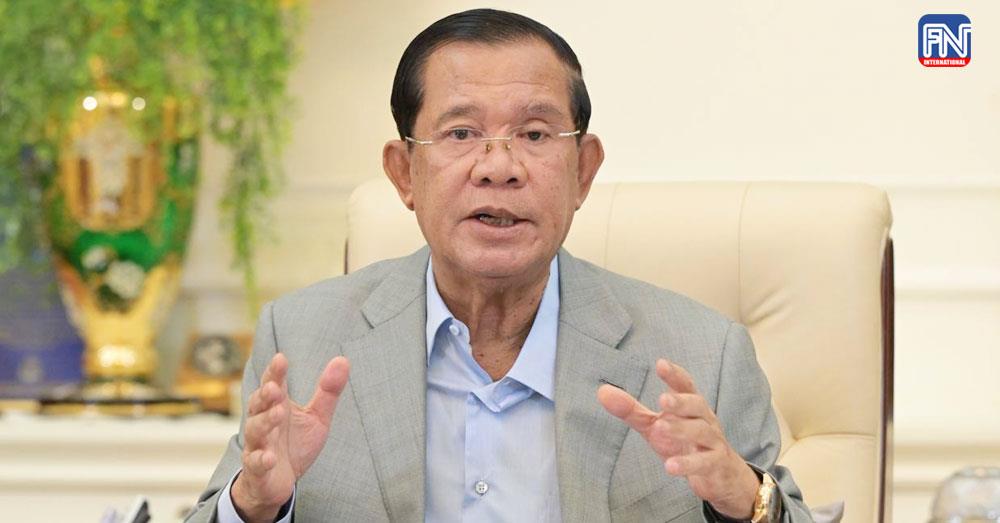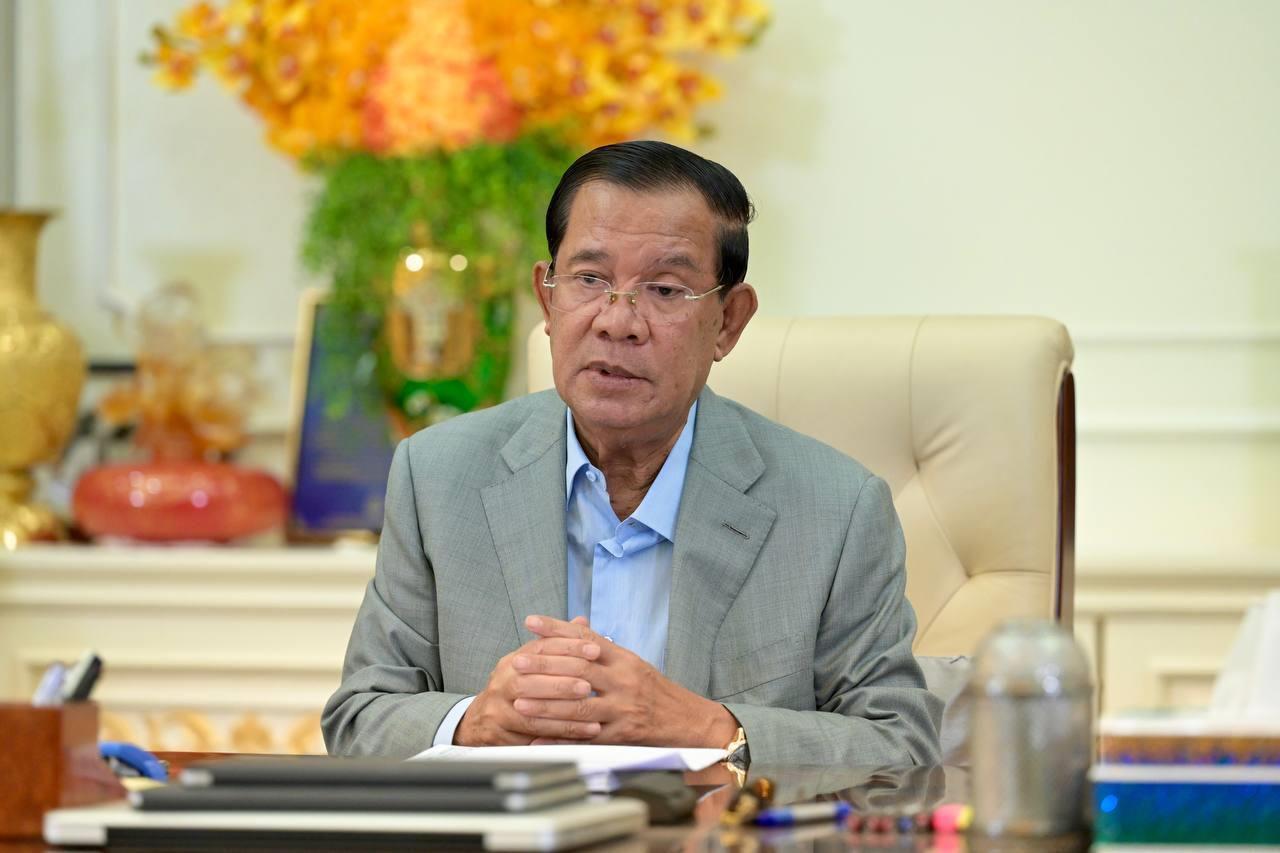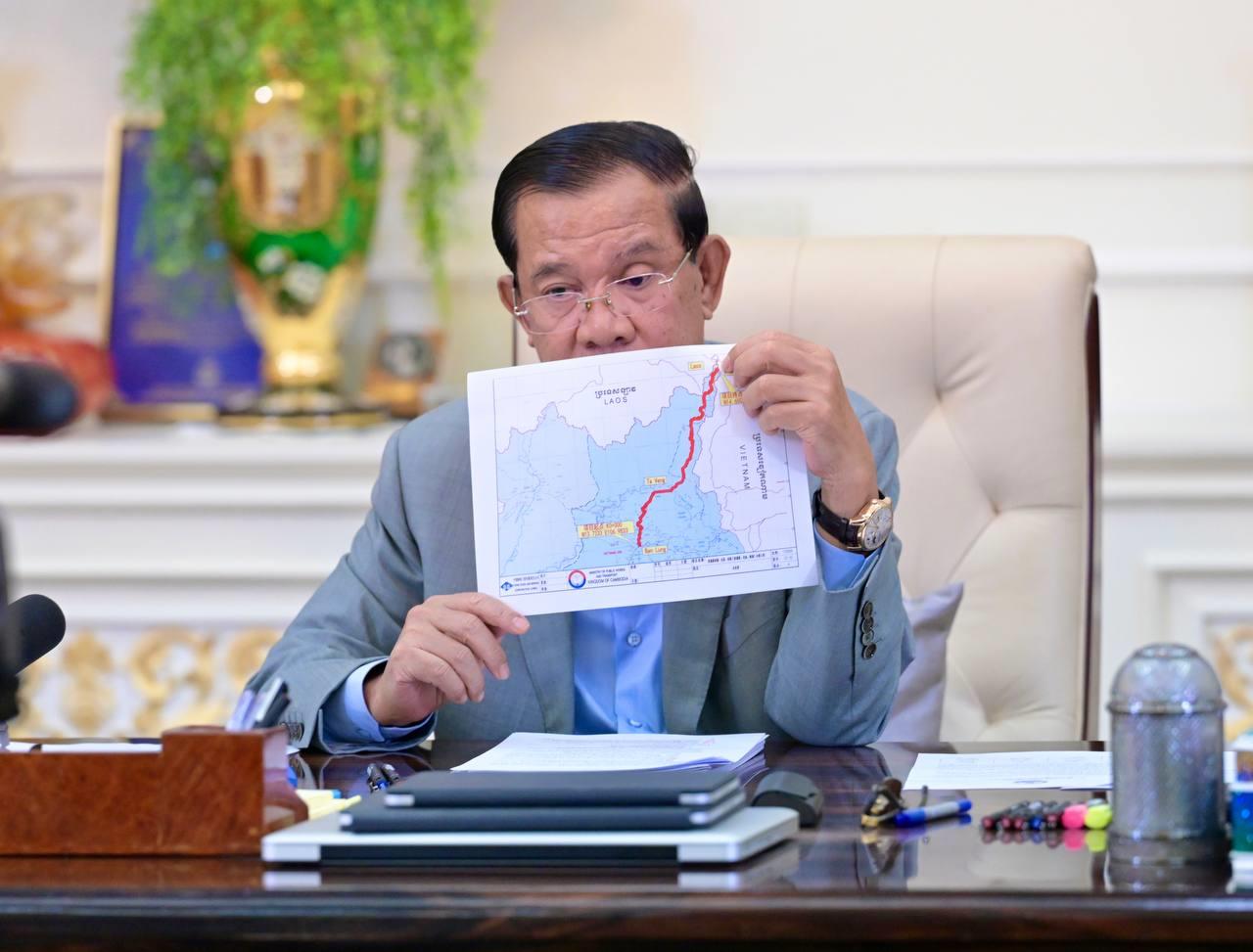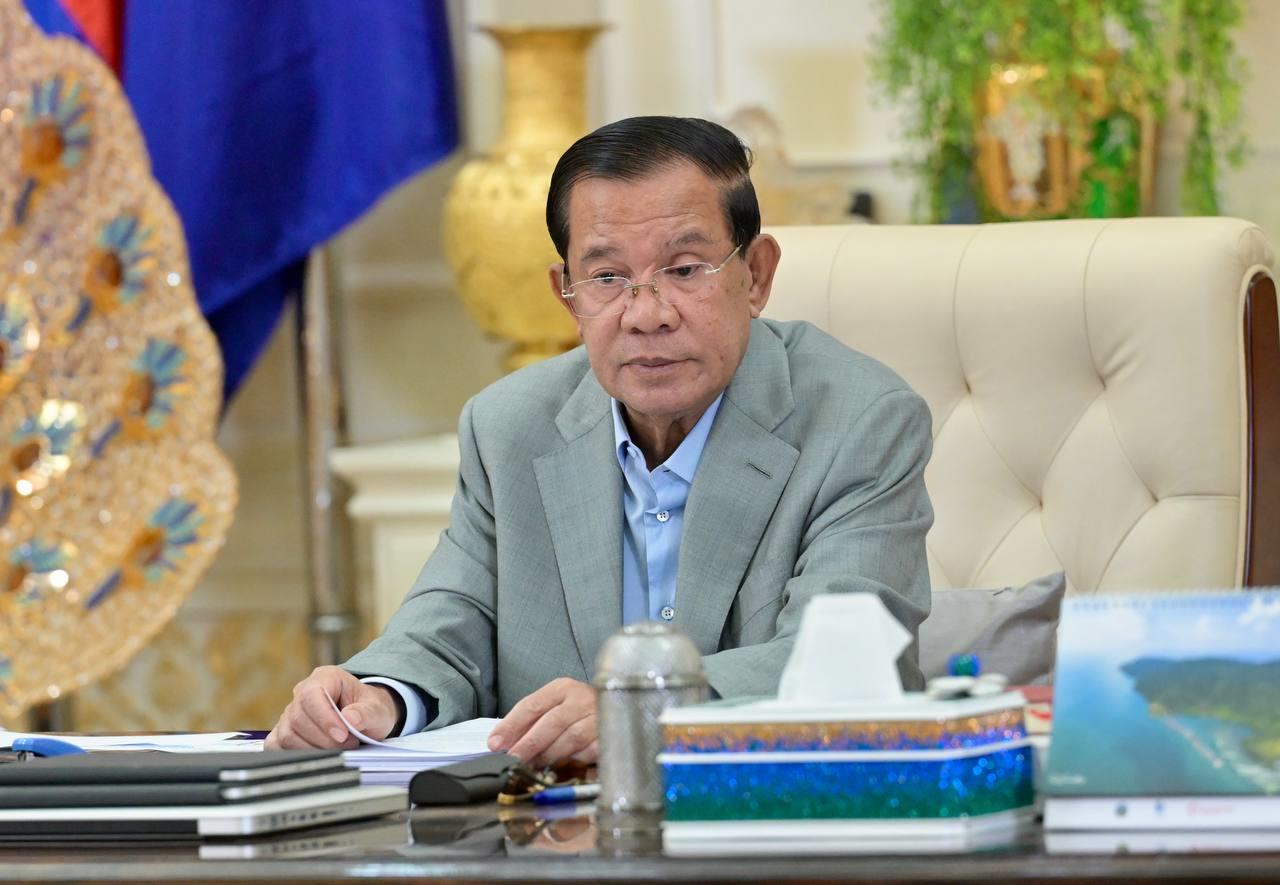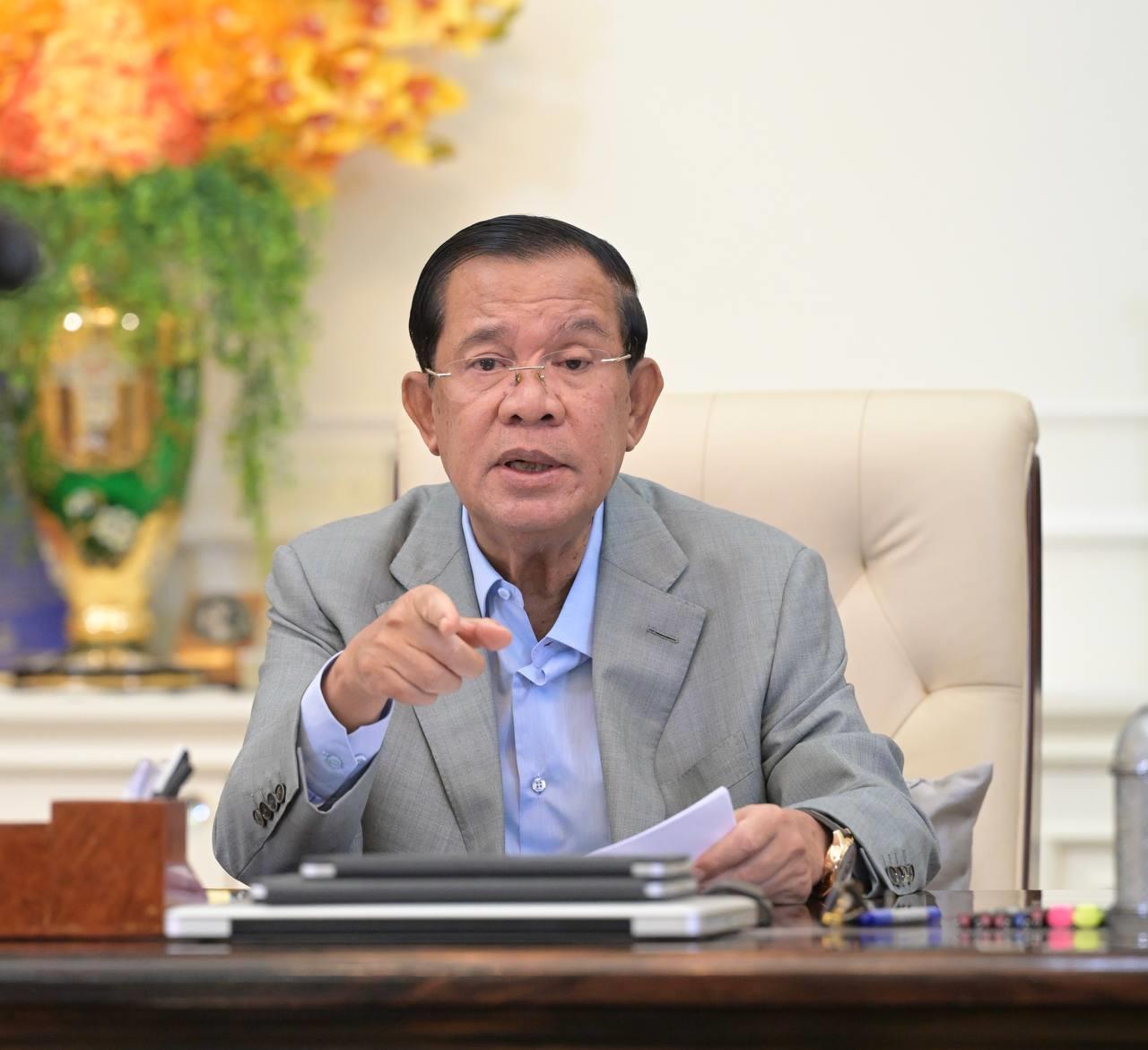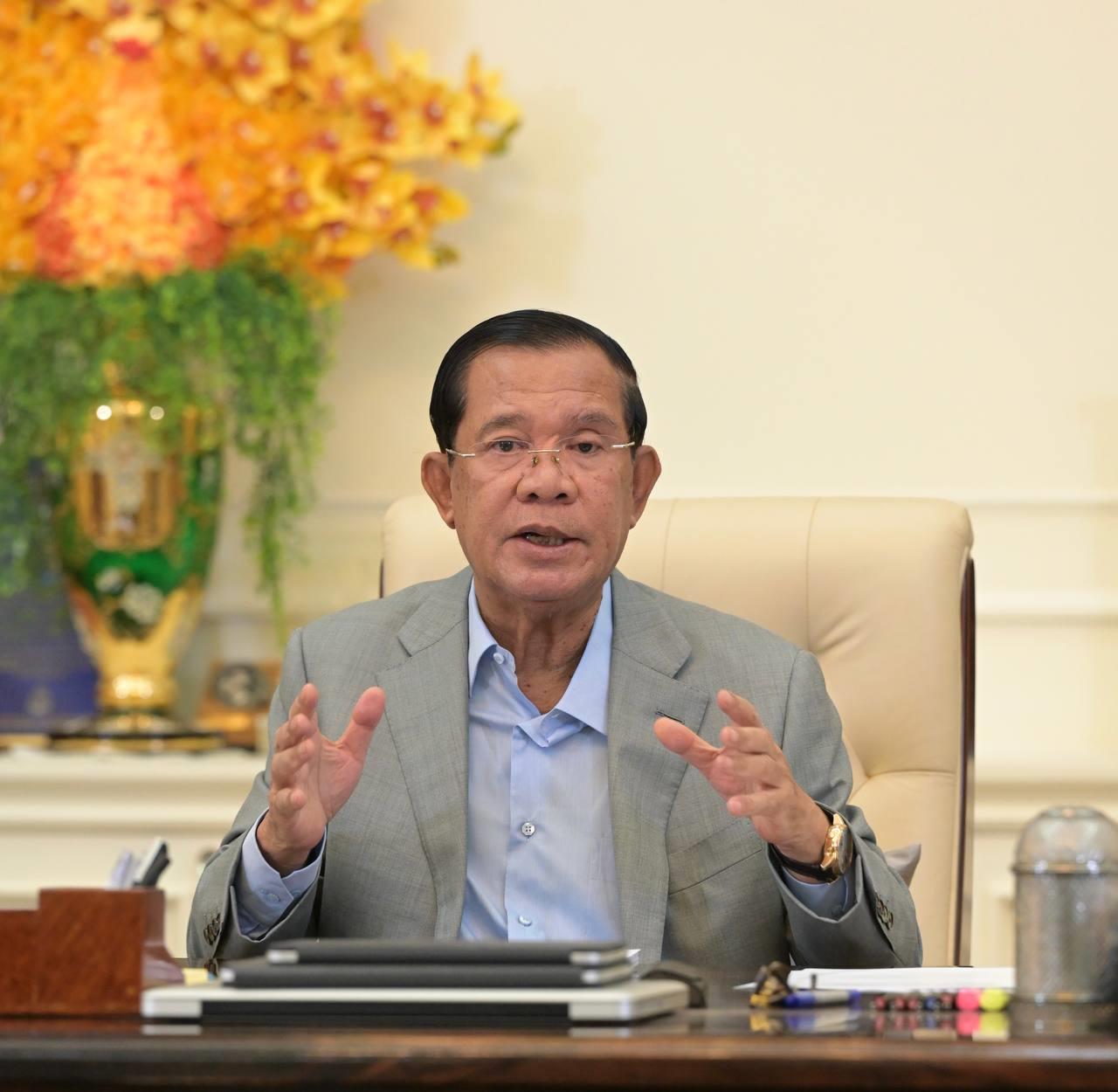Phnom Penh (FN), Jul. 23 – Cambodian Senate President Samdech Techo Hun Sen clarified that the Cambodia-Laos-Viet Nam Development Triangle Area (CLV-DTA) does not involve joint territorial demarcation but offers socio-economic and national security benefits to all three countries.
Samdech Techo Hun Sen spoke on Tuesday (Jul. 23) in a special message on the CLV-DTA after ill-intended people misled the cooperation efforts.
Samdech Techo underlined that the placement of provinces within the Cambodia-Laos-Viet Nam Development Triangle Area is not about forming a new country or creating a federation, contrary to recent accusations. He urged people to research and learn more about the initiative at the Ministry of Agriculture.
Samdech Techo Hun Sen stated: "There is no agreement to integrate territories; the focus is solely on economic, social, security, and defence issues. Each party governs and develops its own territory, contributing to and complementing each other. This cooperation benefits not only Cambodia but also Viet Nam and Laos."
"Viet Nam has advanced agricultural processing techniques, while Cambodia and Laos provide raw materials for processing, such as cashew nuts. Cambodia has not yet fully utilized its rubber processing capabilities. In this case, there are areas where we can improve,” he added.
Samdech Techo Hun Sen noted that the Development Triangle Area cooperation has led to increased electricity supply from Laos to Cambodia, boosting trade between the two countries. Under the agreement, Laos is set to supply nearly 4,000 megawatts of electricity to Cambodia, benefiting both nations. Cambodia gains from the electricity supply, while Laos benefits from importing salt from Cambodia. He added that Laos has benefited from Cambodia since the 1980s, as Cambodia provided access to the sea via National Road 7 and facilitated freight transport to Kratie and along the Mekong River. This arrangement has been mutually beneficial.
Samdech Techo highlighted that each country's sovereignty is marked by clear border posts and expressed hope that the Royal Government will continue building National Road 78.5, connecting Ratanakkiri to the tri-border area. He envisions traveling this 166-kilometer, 9-meter-wide road from Banlung City through Ta Veng District to Kantouy Neak. The road is expected to be completed soon, along with the establishment of a border checkpoint to facilitate freight movement between the three countries.
Samdech Techo Hun Sen highlighted that since the DTA initiative began in 1999, it has greatly benefited Cambodians, particularly by improving access to healthcare for pregnant women who can now give birth in Laos. The enhanced road infrastructure has also facilitated travel and helped prevent cross-border disasters such as wildfires and floods.
The CLV Development Triangle Area, established in 1999 by Samdech Techo Hun Sen, aims to transform the border area into a development zone fostering peace and prosperity among Cambodia, Viet Nam, and Laos. It includes 13 provinces: Viet Nam's Kontum, Galilee, Dak Lak, Dak Nong, and Binh Phuoc; Laos's Attapeu, Salavan, Sekong, and Champasak; and Cambodia's Rattanakiri, Mondulkiri, Kratie, and Stung Treng. This region, rich in natural resources and biodiversity, is crucial for connecting the area to a dynamic economic centre, attracting investment, and supporting production networks in the Greater Mekong Subregion.
=FRESH NEWS
